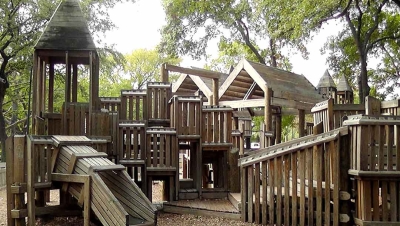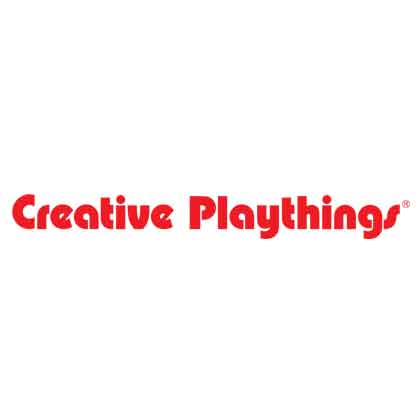I was driving home from a weekend trip when my wife asked me a bizarre question, “You do playgrounds right?” I responded with a, “Yeah babe, I do playgrounds, why?” She began to tell me about an article that she was reading in Family Circle magazine titled The Hidden Danger in Your Backyard.
Maybe it was her approach or maybe it was just because I was tired, but for whatever reason, I didn’t really want to hear about this article. I questioned what a girly magazine had to offer me. I figured it was a story about a kid who scraped his knee on a playground and how some mother courageously came forth to kiss his boo-boo better.
Well, it just goes to show you where ignorance can take you, as I quickly had my attitude adjusted.
The article was about the dangers of arsenic-treated wood and it begins with a mother telling her story of how her son became affected from playing on a wooden playground. Renee Krasnokutsky became concerned when her son Robert came in from playing with red fingers that had white blisters on them. Robert had been playing in a playhouse that was built from pressure-treated wood that the family had bought at a local home-improvement store.
Krasnokutsky treated him for poison ivy and sent him back out to play the next day. This time her son came back complaining that his legs hurt and said he didn’t feel like walking. After the redness spread to his toes, she finally took him to a pediatrician who treated it as an allergic reaction. The condition became worse as the boy’s body began to turn red with a speckled rash.
The poor mother racked her brain trying to think of anything that her son possibly could have been exposed to. Then it dawned on her, what’s in pressure-treated wood? She contacted her mother who did some research on the Internet. Her mother called back that night and asked her to go outside and see if she could find any little plastic tags on the wood. That’s when she saw the word ARSENATE.
The mother had no idea that her child’s playhouse had lethal chemicals in it. “You try to protect your children,” Krasnokutsky told Family Circle. “You have no idea how many safety features we put into that fort. Here, we find out there’s arsenic in it.”
The family removed the fort and all the CCA wood and thankfully Robert no longer shows these systems according to the article that ran in the February 11th edition of Family Circle this year.
The article reports that pressure-treated wood is impregnated with a powerful pesticide mix called chromated copper arsenate or CCA. This compound preserves the wood against the elements. The wood will be voluntarily taken off the market by the end of 2003 for use in areas that are likely to come in contact with people, including decks, picnic tables, and playground equipment.
Thankfully, this isn’t a problem for the commercial playgrounds that are represented in our magazine, but that doesn’t mean we’re not affected by it. I believe the threat of arsenic and other dangers with the residential playgrounds has helped make all play structures safer. Safety will always be a big concern for us at Today’s Playground. And even though arsenic doesn’t directly affect us, we’re still concerned for the safety of all children on any playground.
To test for arsenic at your home you can order testing kits from the Environmental Working Group at www.ewg.org. They cost about $15 plus a $5 shipping charge.










Add new comment